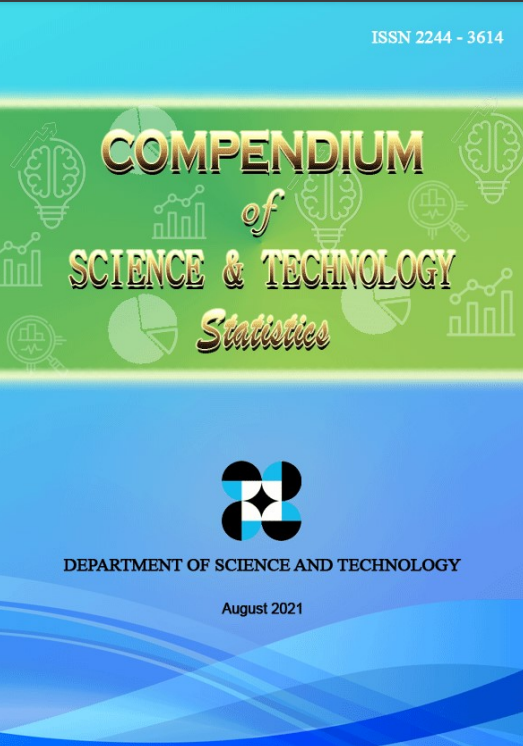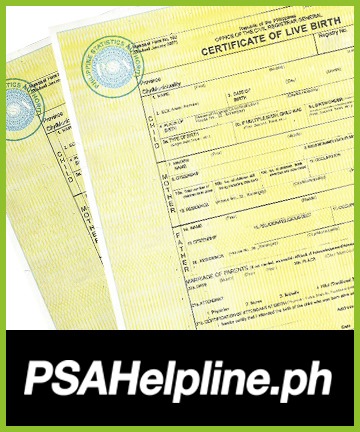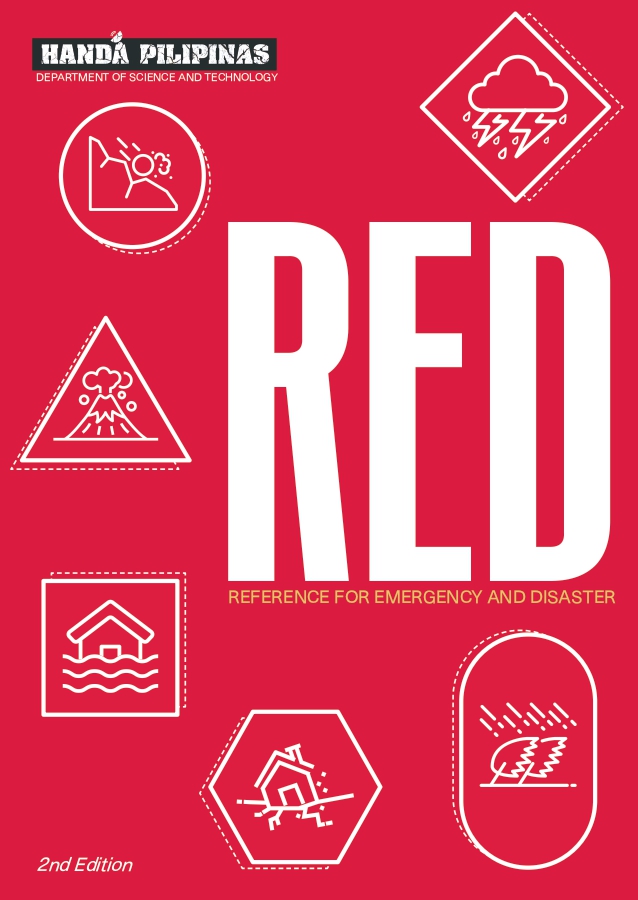Fukushima Daiichi Nuclear Power Plant Accident in Japan
- Details
- Hits: 3671
Information Bulletin No. 5
(March 16, 2011 11:00 AM)
• All reactor vessels of Units 1,2 and 3 remain intact . Containment vessels for Units 1 and 3 are also intact. And while the suppression chamber of Unit 2 is damaged, the rest of its containment unit remain intact.
• Condition of cooling systems in Unit 1, 2 and 3 of the Daiichi reactors still not normal but under control.
• There are no indications that spent fuel assemblies in the storage ponds in all Units have been exposed.
• Radiation level at the plant’s main gate is measured at 0.6 mSv.
• Current weather information continues to indicate that wind patterns coming from the Japan Fukushima Daiichi Nuclear Power Plant have been moving away from the Japan coast towards the East. This would mean that winds which may carry any radioactive materials from the affected nuclear plants will not affect any part of the Philippines. The same wind patterns are predicted for the next three days.
• The International Atomic Energy Agency (IAEA) in coordination with the World Meteorological Organization (WMO) is monitoring the weather situation at the affected nuclear plants and the possible effects on neighboring countries. The WMO is providing data to the IAEA using its Regional Specialized Meteorological Centers in Asia based in Beijing, China; Tokyo, Japan; and Obninsk, Russia. The information is provided to the IAEA and national meteorological and hydrological services in order to provide advice to the respective government agencies which manage nuclear safety and nuclear emergency response activities. In the Philippines, the WMO provides information to the PAGASA which provides advice to the DOST-PNRI, NDRRMC and other agencies regarding wind patterns.
• The DOST-PNRI is continuing to monitor the situation in Japan with the help of information being disseminated on a 24-hour basis by the IAEA. This arrangement is part of requirements under the International Convention on Early Notification of a Nuclear Accident. The Philippines is a party to this Convention which entitles the country to early receipt of relevant information of nuclear accidents occurring in neighboring countries. Japan continues to provide detailed information to the IAEA which in turn distributes these to countries on a 24-hour basis through its national contact persons, which in the Philippines is the Director of the DOST-PNRI.
• In spite of latest reports of fire on the spent fuel storage facility and release of radioactivity and another explosion on a third nuclear plant, the situation remains the same as far as the effect on the Philippines is concerned. Any significant effect is limited only within the power station boundary and immediate vicinity.
• The DOST-PNRI emphasizes that there remains no immediate threat to the Philippines.
• Latest DOST-PNRI RADIATION LEVEL CHECK: As of 9:00 AM March 16, 2011; 89–120 nSv (nanoSievert) per hour.
• STATUS: NORMAL
• For more queries, pls call DOST-PNRI Emergency Response Center at 929-4719 or 920-8738 or log on to the following: http://www.pnri.dost.gov.ph, http://www.dost.gov.ph, http://www.stii.dost.gov.ph, or http://www.science.ph.
Japan nuclear situation has no immediate threat to the Philippines
- Details
- Hits: 3290
Emergency Response Bulletin No. 4
March 15, 2011
4:30 P.M.
■ At 5:30 am Manila Time the IAEA reported an explosion at Unit 2 of the Daiichi Reactor that damaged the suppression chamber of the primary containment vessel. The event resulted in the momentary increase of radiation level measured at 8 milliesievert per hour.
■ At 12:50 pm Manila Time, the IAEA reported the incidence of an earlier fire that occurred at the building where the spent fuel storage pond of Unit 4 of the Daiichii nuclear power plant is located. According to the Embassy of Japan the same fire was put out before 10:00am, today. The event resulted in the release of radiation at a dose rate of at 400 millisievert per hour.
■ As the events remain contained on site, persons who have been evacuated from the 30 km zone are considered safe.
■ Further reports received by the DOST-PNRI indicate that all reactor vessels of Units 1, 2 and 3 remain intact.
■ As per information from TEPCO, the cooling problems of Units 1, 2, and 3 are under control.
■ Containments for Unit 1 and 3 are also intact. And while the suppression chamber of Unit 2 is damaged, the rest of its containment unit remains intact.
■ The DOST –PNRI emphasizes that there remains no immediate threat to the Philippines.
■ For more queries, please call DOST-PNRI Emergency Response Center at 929-4719 or 920-8738 or log on to http://www.pnri.dost.gov.ph/, http://www.dost.gov.ph/, or http://www.science.ph/.

Sec.Mario Montejo, in a presscon at DOST-PNRI March 15, emphasizes no immediate radiation threat to the Philippines. Beside him is PNRI Director Alumanda dela Rosa.

The media listen intently to Sec. Montejo and Dir. dela Rosa.
DOST ADVISES THE PUBLIC NOT TO BELIEVE IN HOAX MESSAGES
- Details
- Hits: 2970
Emergency Response Bulletin No. 2
DOST ADVISES THE PUBLIC NOT TO BELIEVE IN HOAX MESSAGES
14 March 2011
2:30 PM
Department of Science and Technology Secretary Mario Montejo said the public should not believe in rumors that the alleged nuclear meltdown at “Fukuyama”, or some other place in Japan, threatens to affect other places.
• The advice circulating that people should stay indoors and to wear raincoats if they go outdoors has no basis and did not come from DOST or the National Disaster Risk Reduction Management Center.
• DOST CLARIFIES THAT THERE IS NO IMMEDIATE DANGER OF NUCLEAR RADIATION IN THE PHILIPPINES.
• DOST advises the public not to believe these rumors currently spreading through text messages, emails, the Internet, and other means of communication.
• DOST also advises the public not to entertain these rumors and to stop forwarding such messages so as not to sow panic among our people.
• DOST maintains a 24/7 link-up with the International Atomic Energy Agency, the highest authority on nuclear matters, for advice on the current situation of the Fukushima Daiichi plant. Available data do not indicate any immediate threats to the Philippines.
• DOST is committed to bringing accurate, reliable, and timely information regarding the Fukushima event and its possible effects to the Philippines.
• For more queries, pls. call DOST-PNRI Emergency Response Center at (632) 929- 4719 or 920-8738.
No increase in radiation level, DOST-PNRI assures public
- Details
- Hits: 3372
Department of Science and Technology Secretary Mario Montejo assured the public that, based on DOST’s Philippine Nuclear Research Institute’s routine daily radiation monitoring in the environment, the level of radiation in the environment in the country has remained stable since the Fukushima incident in Japan.
“DOST-PNRI is closely monitoring developments through its 24-hour link up with the International Atomic Energy Agency (IAEA),” Sec. Montejo said.
No increase in radiation level means that, as of the moment, there are no immediate effects of the March 11 Fukushima nuclear power plant explosion to the Philippines.
DOST-PNRI Director Alumanda dela Rosa also cited a plume trajectory study provided by DOST-PAGASA showing that the plume from the site of the incident at Fukushima will not pass the Philippine territory as of March 14, 2011.
“The direction of the smoke appears to go away from the direction of the country,” Dr. dela Rosa explained. “The smoke is carried away by the northeast monsoon (amihan).”
According to DOST-PAGASA, the direction of the wind will continue to be stable until about May 15 and there is no imminent sign of weather disturbance that may affect the current wind direction.
Read more: No increase in radiation level, DOST-PNRI assures public










































